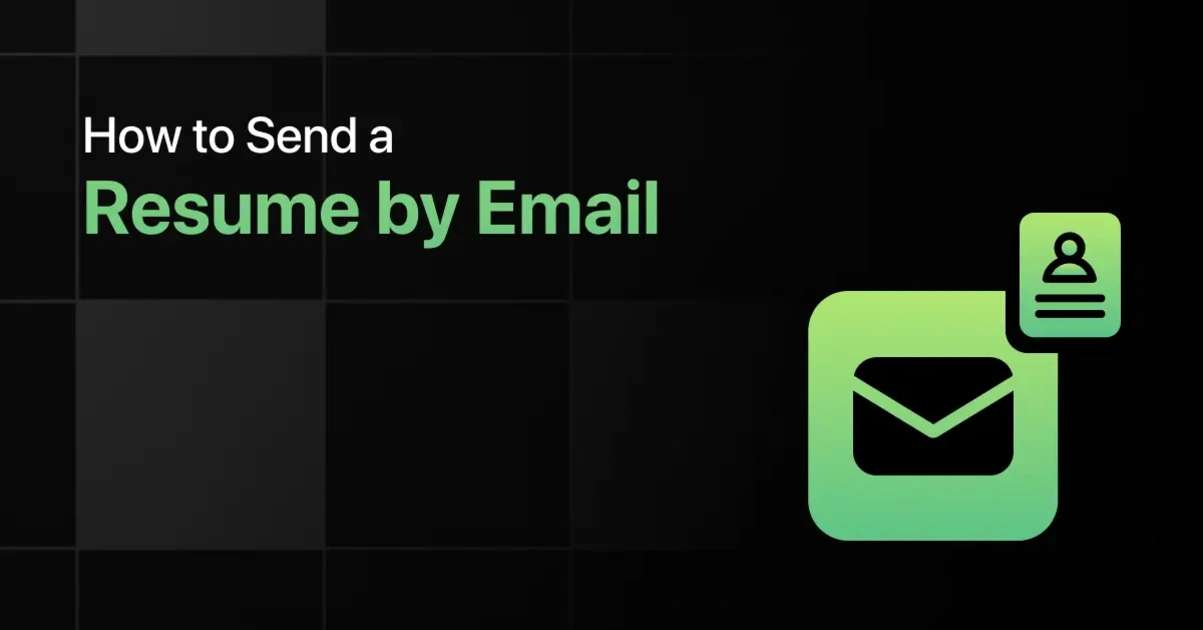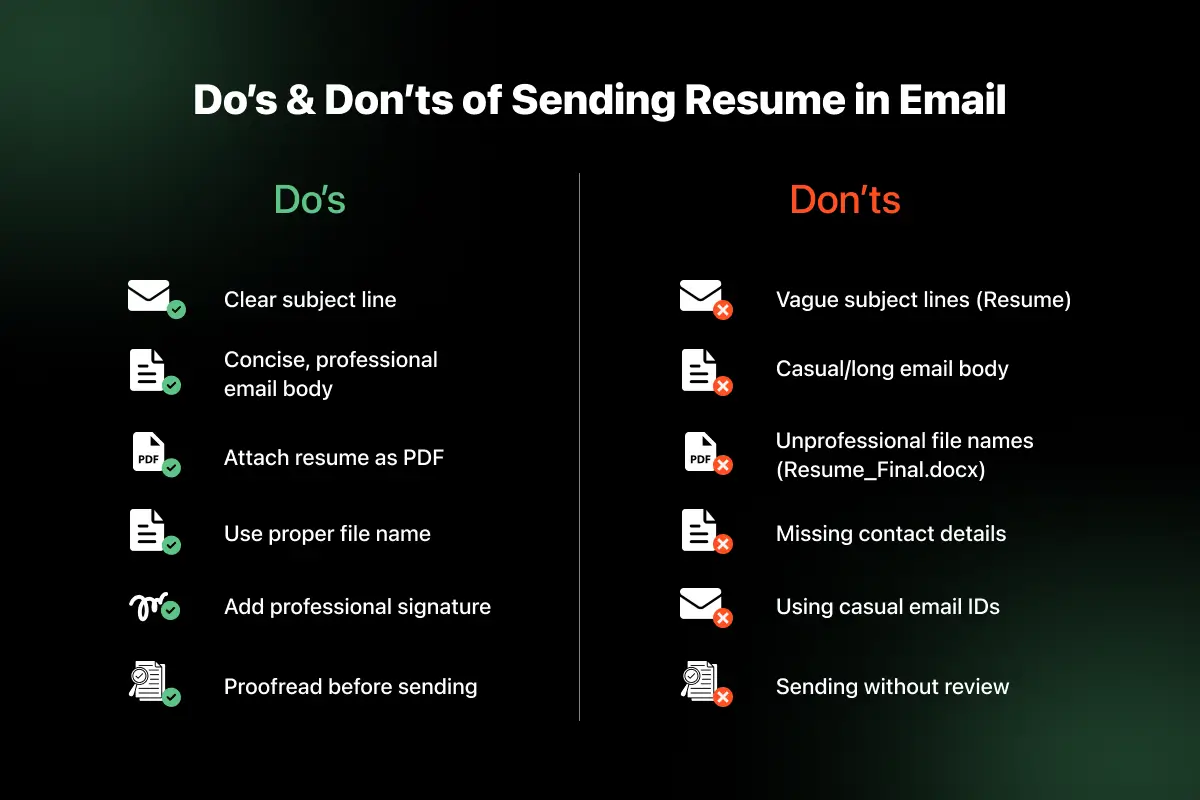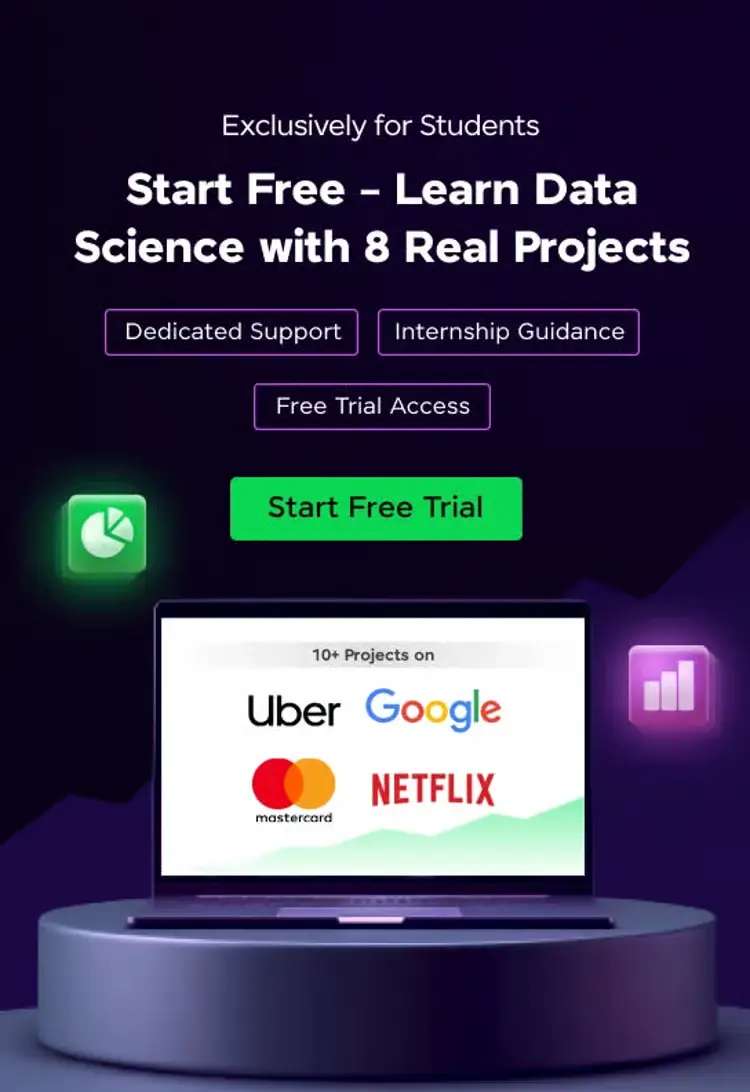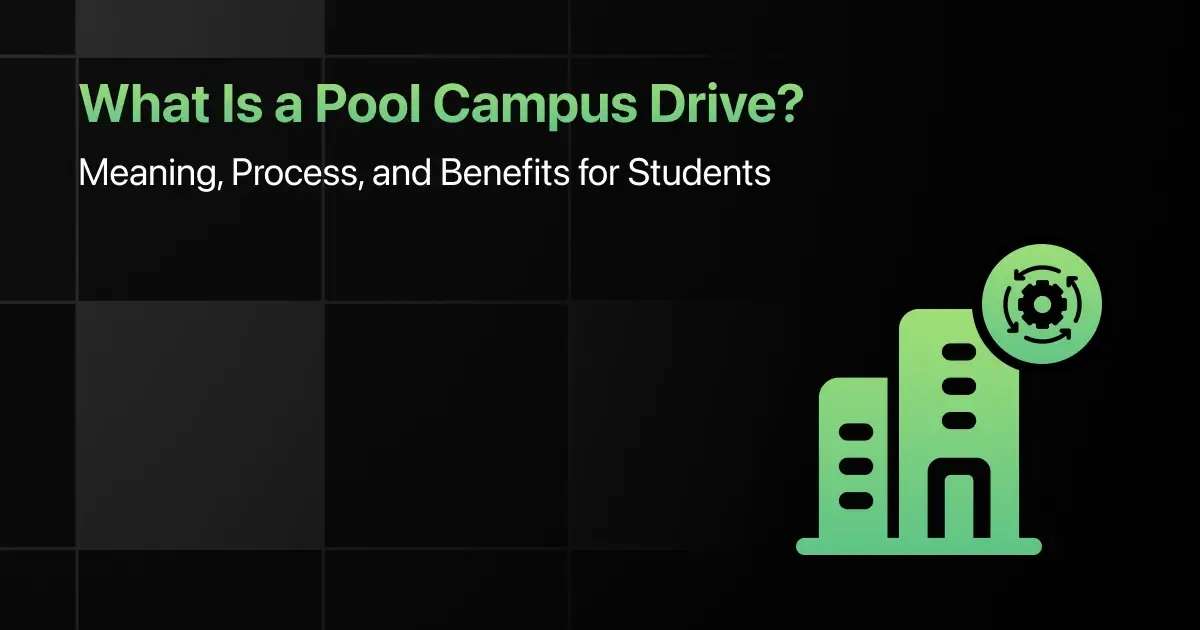How To Send A Resume By Email

As a job seeker, you spend hours perfecting your resume, but still get no response from recruiters. That’s not because you lack skills, but because you are not aware of how to send a resume in email the right way. You may have the question: Is there a format to send an email to the recruiters? Yeah, there is. Common mistakes like vague subject lines, missing attachments, unprofessional file names such as Resume_Final.docx, or copying the entire resume into the email body instantly reduce your chances.
For freshers, the confusion is even greater; should I send it as a PDF or Word, how to send a resume by Email, what to write in the email body, and do you need a cover letter? These small errors may seem minor, but in a recruiter’s overflowing inbox, they signal carelessness and cause your resume to be ignored. To avoid missed opportunities, you must learn the exact process of sending your resume by email professionally, and that’s exactly what this guide will help you master.
The Exact Process/Steps For Sending Your Resume By Email:
Before we get into the detailed steps, let’s quickly overlook the overall process of how to send a resume in mail. It process starts from reading the job post carefully, creating a strong subject line, drafting a short professional email, attaching the CV/resume in the right format, adding a signature, and finally proofreading before sending the resume email.
Do you feel like you lack certifications in your resume? Then check out the top 10 courses that help you to be noticed by recruiters.
1. Follow the job posting instructions
It’s always better to read the job posting carefully before sending a CV email. Following the job description shows you the way exactly how the employer wants to receive your resume.
Most Employers’ Expectations:
- Employers often mention the preferred email format for sending resumes (PDF, Word, or online link).
- Some postings request additional documents (cover letter, portfolio, or certificates).
- Recruiters may specify a subject line format, such as Job Title – Your Name.
- Carefully check deadlines before sending your application.
- Ignoring instructions may lead to instant rejection.
2. Write a clear subject line / Draft a Clear Email Subject for Sending Resume
The subject line usually communicates the purpose of your email shortly and clearly for the recruiters to identify your application instantly. With a recruiter scanning hundreds of resumes, how can you be the one who can grab the attention of the recruiter?
How should the subject line be written?
- Keep the subject line short, clear, and professional.
- Mention the job title and your name.
- Add job reference number if given in the posting.
- Avoid vague lines like “My Resume” or “Application.”
- Examples: Application for Software Engineer Intern – Aditi Sharma or Marketing Assistant (Ref: #2025) – Rohan Patel.
3. Write a Concise Email Body / Craft a professional email body
The email body serves as a brief introduction, highlighting your interest in the role and encouraging the recruiter to review your resume.
What to write in an email when sending a resume?
- Keep the message short (3–5 sentences).
- Start with a polite greeting.
- Mention the role you’re applying for.
- Highlight one or two relevant skills or achievements.
- Politely direct them to your attached resume.
- End with a professional closing line in the CV submission mail (e.g., “Looking forward to your response”).
4. Attach your resume correctly
Don’t let the “Oops, I forgot the attachment in the CV submission email” moment ruin your application. Always attach first, write later.
How to send a CV by email?
- Use the correct file email format for sending a resume (PDF unless specified otherwise).
- Name your file professionally (FirstName_LastName_Resume.pdf).
- Ensure the file is updated and error-free.
- Avoid large file sizes; keep it optimized.
- Attach the file before drafting your email to avoid forgetting.
Ensure your resume passes ATS checks. Check out top AI tools for resume building.
5. Add a professional signature
A professional signature at the end of your email makes recruiters have easy access to your contact details.
It should include:
- Full name, phone number, and email.
- LinkedIn or portfolio link if relevant.
- Keep it simple, no flashy fonts or quotes.
- Ensure consistency across all job applications.
6. Proofread and review before sending
Even a small error, like a typo in the subject line, can make your CV submission email look unprofessional. Always double-check before sending a CV email.
What points to look at before sending a resume email?
- Check for grammar and spelling mistakes.
- Verify that you have attached the correct file.
- Review subject line, email body, and signature.
- Send a test email to yourself.
- Ensure your email address is professional (e.g., [email protected], [email protected]).
Build your ATS-friendly resume now with these free online resume builders!
Do’s and Don’ts Of Sending a Resume Email

Sample Email Templates for Sending a Resume
Template 1: Applying to a Job Posting (General Application)
Subject: Application for Marketing Assistant – Ananya Sharma
Body:
Dear [Hiring Manager’s Name],
I am writing to apply for the Marketing Assistant position listed on [Job Portal/Company Website]. As a recent graduate in Business Administration with hands-on experience in digital campaigns through internships, I believe my skills align well with the requirements of this role.
Please find my resume attached in PDF format, as per the job posting instructions. I would be delighted to contribute my creativity and strong communication skills to your marketing team.
Looking forward to your response.
Signature:
Best regards,
Ananya Sharma
Email: [email protected] | Phone: +91-9876543210
LinkedIn: linkedin.com/in/ananyasharma | Portfolio: ananya-portfolio.com
Template 2: Fresher Application with No Work Experience
Subject: Resume for Software Developer Intern – Rahul Verma
Body:
Dear [Hiring Manager’s Name],
I am excited to apply for the Software Developer Intern position at [Company Name]. I am a recent B.Tech graduate in Computer Science and have built multiple academic projects using Python, Java, and web development technologies.
As requested in the job description, I have attached my resume (PDF format) for your review. While I may not have formal work experience, my technical projects and strong problem-solving skills have prepared me to contribute effectively to your team.
Thank you for considering my application.
Signature:
Sincerely,
Rahul Verma
Email: [email protected] | Phone: +91-9876543221
LinkedIn: linkedin.com/in/rahulverma | GitHub: github.com/rahul-dev
Template 3: Referral-Based Application
Subject: Referral by [Referrer’s Name] – Application for HR Assistant Role – Priya Singh
Body:
Dear [Hiring Manager’s Name],
I am reaching out to apply for the HR Assistant role at [Company Name], as referred by [Referrer’s Name]. I have recently completed my MBA in Human Resources and have hands-on experience in recruitment and employee engagement activities through my academic internships.
Following the application guidelines, I have attached my resume as a PDF file for your review. I would be honored to contribute to your HR team by bringing strong organizational skills, attention to detail, and people-centric approaches.
I look forward to the opportunity to discuss how I can add value to your team.
Signature:
Warm regards,
Priya Singh
Email: [email protected] | Phone: +91-9876543256
LinkedIn: linkedin.com/in/priyasingh | Portfolio: priyas-hrportfolio.com
Note:
Every day, recruiters reject applications for careless mistakes in emails. Don’t let yours be one of them. Practice these steps and know how to send your resume through email with confidence.
Now it’s your turn to put these steps into practice. Draft a professional email, proofread it carefully, use the email format for sending a resume, and attach a polished resume.
To make your application even stronger, explore our resume GUVI resources and learn expert tips that can help you land your dream job faster.
Final Words
Knowing ‘What to write in an email when sending a resume’ and ‘How to send a resume through email’ properly ensures your application is taken seriously and increases your chances of landing interviews.
Your email is your first introduction, your digital handshake. If done right, it increases your chances of being shortlisted and standing out among other candidates.
Frequently Asked Questions
1. What is the correct way to email a resume to an employer?
An email is a mini introduction or cover letter. Keep it short, attach your resume in the right format, mention the job role in the subject line, and make sure your signature has your contact info.
2. Should I send my resume as a PDF or a Word document?
Unless otherwise specified by the recruiter, PDF is the safest format as it preserves formatting across devices. Send Word format only if the employer requests it.
3. What should I name my resume file before sending?
Use a professional naming email format for sending a resume, such as FirstName_LastName_Resume.pdf. This makes it easy for recruiters to identify and save your file.
4. Do I need to include a cover letter in the email?
Yes, if the job posting requests it. Otherwise, you can include a brief introduction in the email body and attach a formal cover letter separately if you wish.
5. What common mistakes should I avoid when emailing a resume?
Avoid vague subject lines, unprofessional file names, casual email language, missing attachments, and grammatical errors when sending a CV email.
6. How soon should I follow up after sending a resume by email?
Following up after CV submission email too soon looks pushy, while waiting too long makes you forgettable. 7–10 days is the sweet spot.
7. Should I use a professional email signature when sending my resume?
Skipping a signature means recruiters have to search for your details, and they rarely have the time. Always include one.
Explore More Resume Articles
Related Posts


Soft Skills Training for College Students: Key Topics & Activities
Are you feeling out of your element preparing for campus placements in India? While there is plenty of discussion about …









